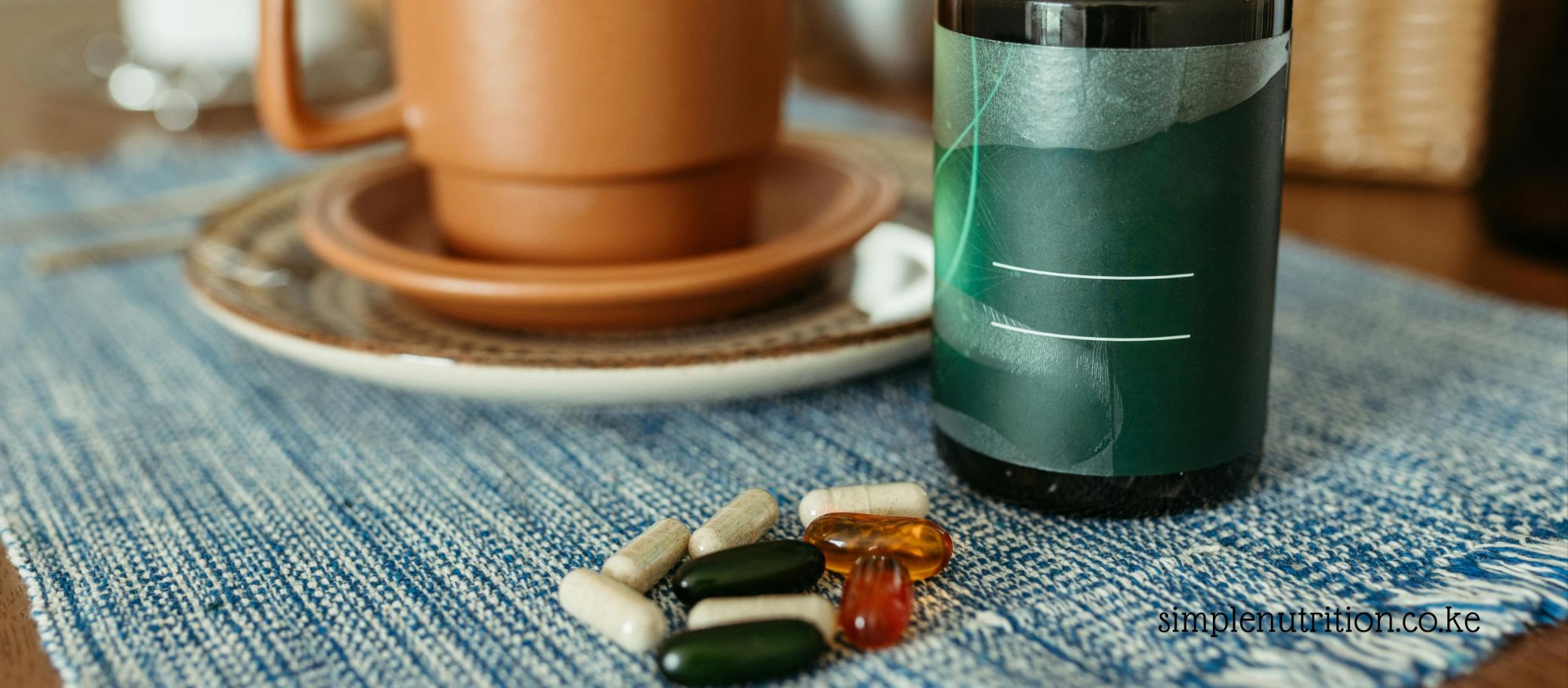If you’ve ever stood in a supermarket aisle wondering which snack, juice, or ready-made meal is truly healthy, you’re not alone. Nutrition labels can feel overwhelming, and it’s often hard to know what to trust. That’s why there’s a system designed to help consumers make smarter, quicker choices when shopping for packaged foods.
These labels are a tool for protecting your health, supporting weight management, and encouraging informed eating habits. Understanding how they work can help you identify hidden sugars, salts, and unhealthy fats the very things that can quietly sabotage your weight loss and long-term health goals.
What Are Front-of-Pack Nutrition Labels?
Front-of-pack (FOP) labels are simplified nutrition guides placed on the front of packaged foods. Unlike the detailed nutrition panel on the back, these labels give you a quick snapshot of key nutrients like sugar, salt, fat, and energy content.
The new FOP labels use color coding and warning symbols to indicate high levels of nutrients that can be harmful if consumed in excess. This makes it easier for shoppers to spot products high in sugar, salt, or saturated fat without having to decipher complicated percentages or scientific terms.
Why Introduce New FOP Labels
The main goal of FOP labels is to combat diet-related health problems, which are on the rise globally and locally. Conditions like obesity, diabetes, high blood pressure, and heart disease are increasingly linked to poor dietary choices, particularly overconsumption of processed and packaged foods.
By making the nutritional content visible at a glance, the aim is to:
- Help consumers make healthier food choices
- Encourage food manufacturers to reduce harmful ingredients
- Raise awareness about hidden sugars, salts, and unhealthy fats
How to Read the Labels
The FOP labels are designed to be intuitive. Here’s what to look for:
- Color Coding: Products are often marked red, amber, or green based on the level of sugar, salt, or fat.
- Red means high — consume sparingly.
- Amber indicates moderate levels.
- Green signifies low levels and generally healthier options.
- Warning Symbols: Some foods display warning triangles or icons if they contain excessive amounts of harmful nutrients. These warnings are particularly important for processed snacks, soft drinks, and ready meals.
- Nutrient Highlights: FOP labels focus on energy (calories), total fat, saturated fat, sugar, and salt. These are the nutrients most strongly linked to chronic diseases and weight gain.
Why FOP Labels Matter for Weight Loss
If you’re trying to lose weight or maintain a healthy weight, FOP labels are a powerful tool. They help you:
- Identify hidden sugars in products like flavored yogurts, breakfast cereals, and fruit juices
- Limit salt intake from processed snacks and canned foods, which can cause bloating and water retention
- Avoid high-calorie processed foods that are low in nutrients but high in energy
Practical Tips for Using FOP Labels
- Always Compare: Don’t just look at one product. Compare similar items and choose the one with the lower red or amber indicators.
- Check Portion Sizes: Labels indicate nutrient levels per serving, which may be smaller than the portion you actually eat. Adjust accordingly.
- Balance Your Diet: Even if a product has green indicators, it should be part of a balanced diet that includes fruits, vegetables, whole grains, and lean proteins.
- Use Them to Reduce Junk Food: FOP labels make it easier to limit snacks and processed foods, which are major contributors to hidden calories, sugar, and salt.
Affordable and Healthy Alternatives
Understanding FOP labels is just one part of the puzzle. To truly eat healthier without overspending, consider swapping processed foods for natural alternatives:
Snacks: Replace crisps or packaged biscuits with roasted groundnuts, boiled maize, or fresh fruit slices.
Beverages: Swap sugary sodas or flavored juices for herbal teas, water, or smoothies made with whole fruits.
Meals: Choose whole grains, legumes, and seasonal vegetables over instant noodles or ready-made meals.
Even small changes like these can improve your nutrition, reduce calorie intake, and help with weight loss — without increasing your grocery bill.
Common Misunderstandings About FOP Labels
While FOP labels are helpful, many people still misunderstand them:
- Green doesn’t mean “eat unlimited” – even foods with low sugar, fat, or salt still need portion control.
- Red doesn’t mean “never eat” – occasional treats are fine as long as they fit into a balanced diet.
- Labels are not substitutes for whole foods fresh fruits, vegetables, and whole grains will always be more nutrient-dense than processed foods, regardless of FOP coloring.
The new front-of-pack nutrition labels are a game-changer for anyone looking to eat healthier, manage weight, or prevent diet-related diseases. They make it easier than ever to spot hidden sugars, excess salt, and unhealthy fats all in a glance.
Using these labels alongside smart meal planning, home cooking, and a focus on whole, minimally processed foods can help you.
Discover more from Simple Nutrition
Subscribe to get the latest posts sent to your email.






